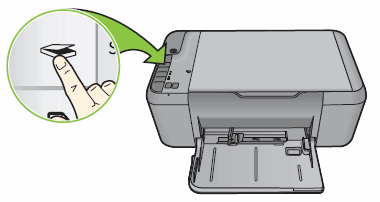Printer has full ink cartridges but doesn't print even when I request black ink only
Options
- Mark Topic as New
- Mark Topic as Read
- Float this Topic for Current User
- Bookmark
- Subscribe
- Mute
- Printer Friendly Page
turn on suggested results
Auto-suggest helps you quickly narrow down your search results by suggesting possible matches as you type.
Showing results for
Guidelines
Here is the solution for Blue screen error 83C0000B on HP OfficeJet Pro 8010e, 9020e Printer Series: Click here to view.

 ) and the Cancel button (
) and the Cancel button ( ) for 10 seconds. The extended self-test report prints.
) for 10 seconds. The extended self-test report prints.
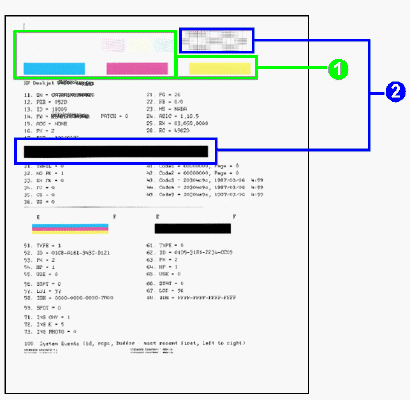





 ).
). ).
). ).
).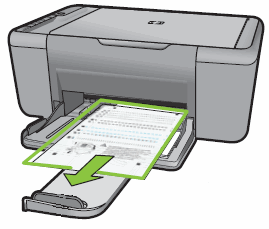
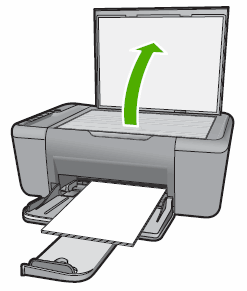

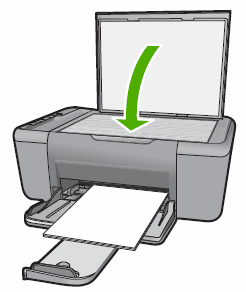
 ) to scan the alignment page.
) to scan the alignment page.